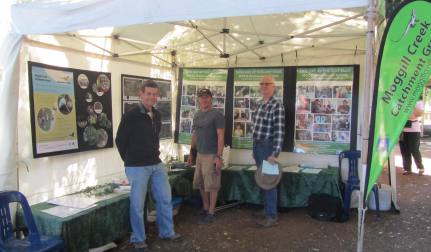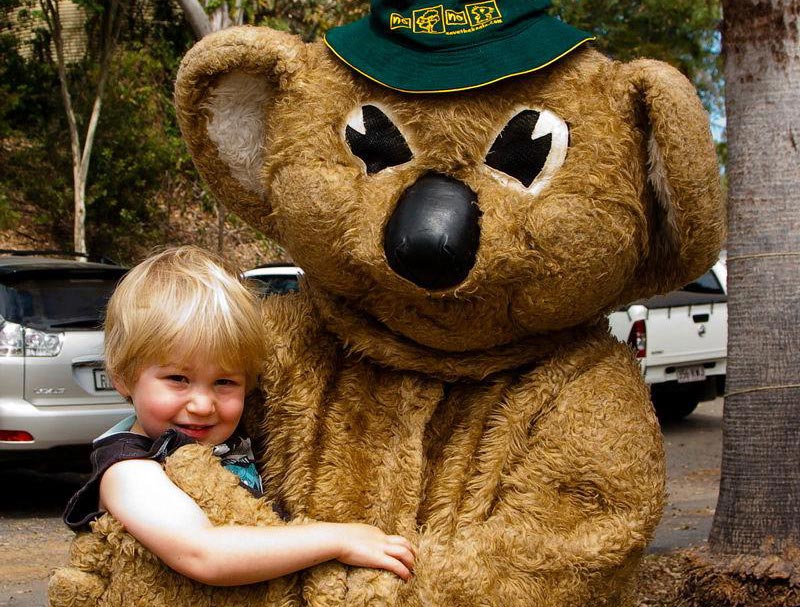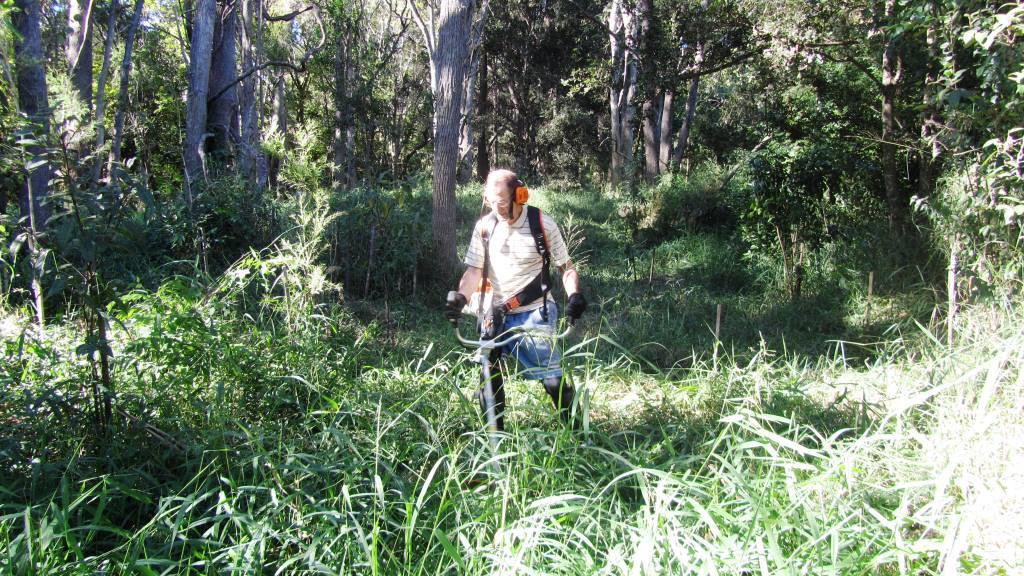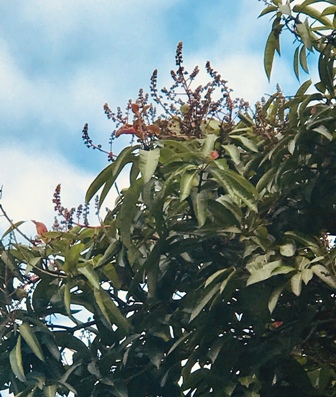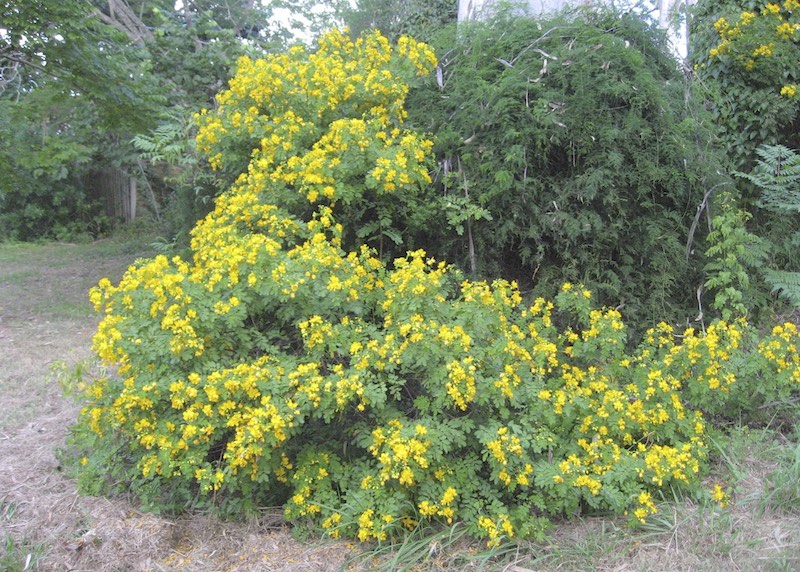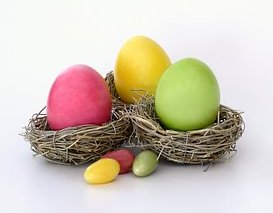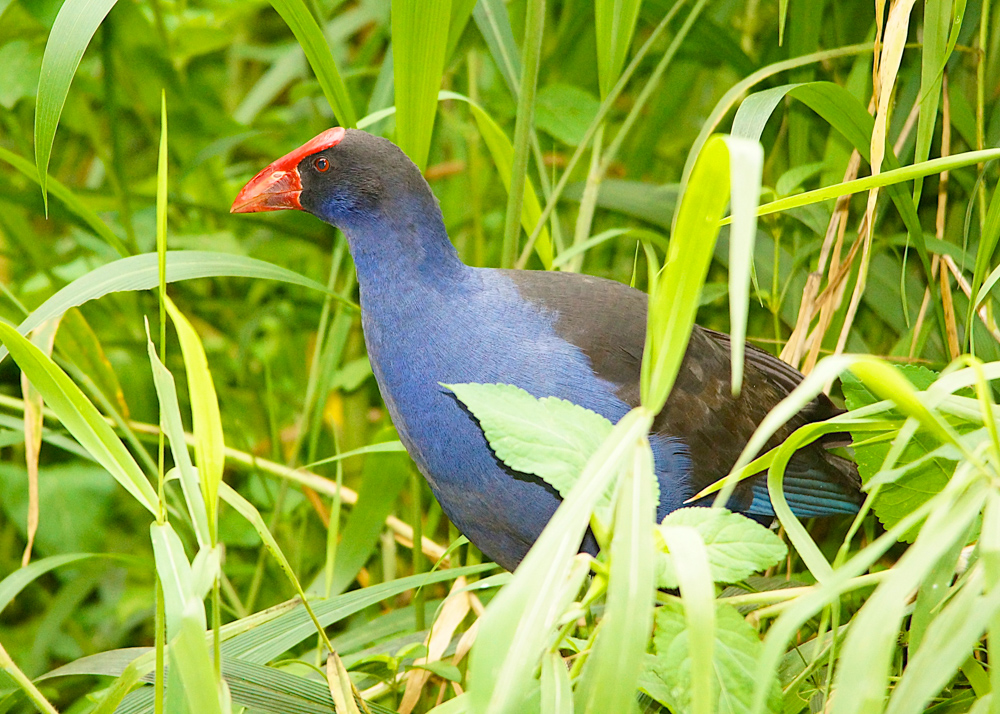The MCCG is holding an information stand at the Kenmore Village on Friday 26 and Saturday 27 April.
Come and say hello!
If you have questions about environmental issues, plants or wildlife or if you’d like to help protect and nurture our many local areas of natural habitat, here is your opportunity!
The Moggill Creek Catchment is a unique natural asset which is much valued by the local community. It is home to a myriad of native plants, offering essential habitat for an astonishing variety of wildlife and it a restorative and beautifully scenic backdrop to our daily lives.
Our volunteers contribute not only with bushcare restorations, but they operate our nursery, co-ordinate information sessions and social events, manage the Cottage, maintain our social media and website presence and continue to maintain a financially viable, well administered group which is supported by over 500 members.
We have an enormous suite of activities to suit a range of interests.
We’d love you to stop by our stall and have a chat!
We’ll have sign-up sheets available ($20 for annual membership)
Note: Any members available to help out on the stall for a couple of hours are encouraged to contact Dale Borgelt on [email protected]



